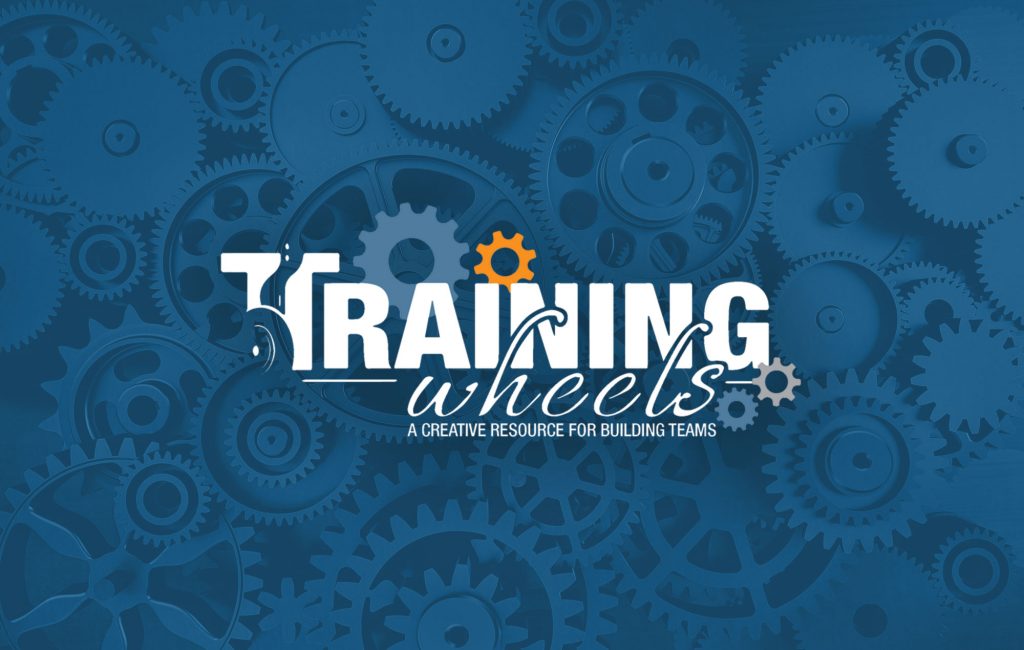
Purpose/ Focus: Introduce
Materials: One CrowdCubes© Shape Set (nine cubes) per team
Grouping: 4-6 Participants Per Team (the bigger, the better)
Overview: An energetic team dice game that builds competition/anticipation with each round.
Facilitation Process:
Tips for Success, Troubleshooting or Modifications:
Trait Theory Debrief – What Type of Person Makes a Good Leader?
Behavioral Theory Debrief – What Does a Good Leader Do?
NOTE: Nine Lives is one of many dice games that can be played with multiple dice. This particular game could be played with any kind of die, and not just the CrowdCubes dice. The other games included with CrowdCubes need the unique die in the CrowdCubes set.

Founder / Facilitator / Big Wheel of Training Wheels